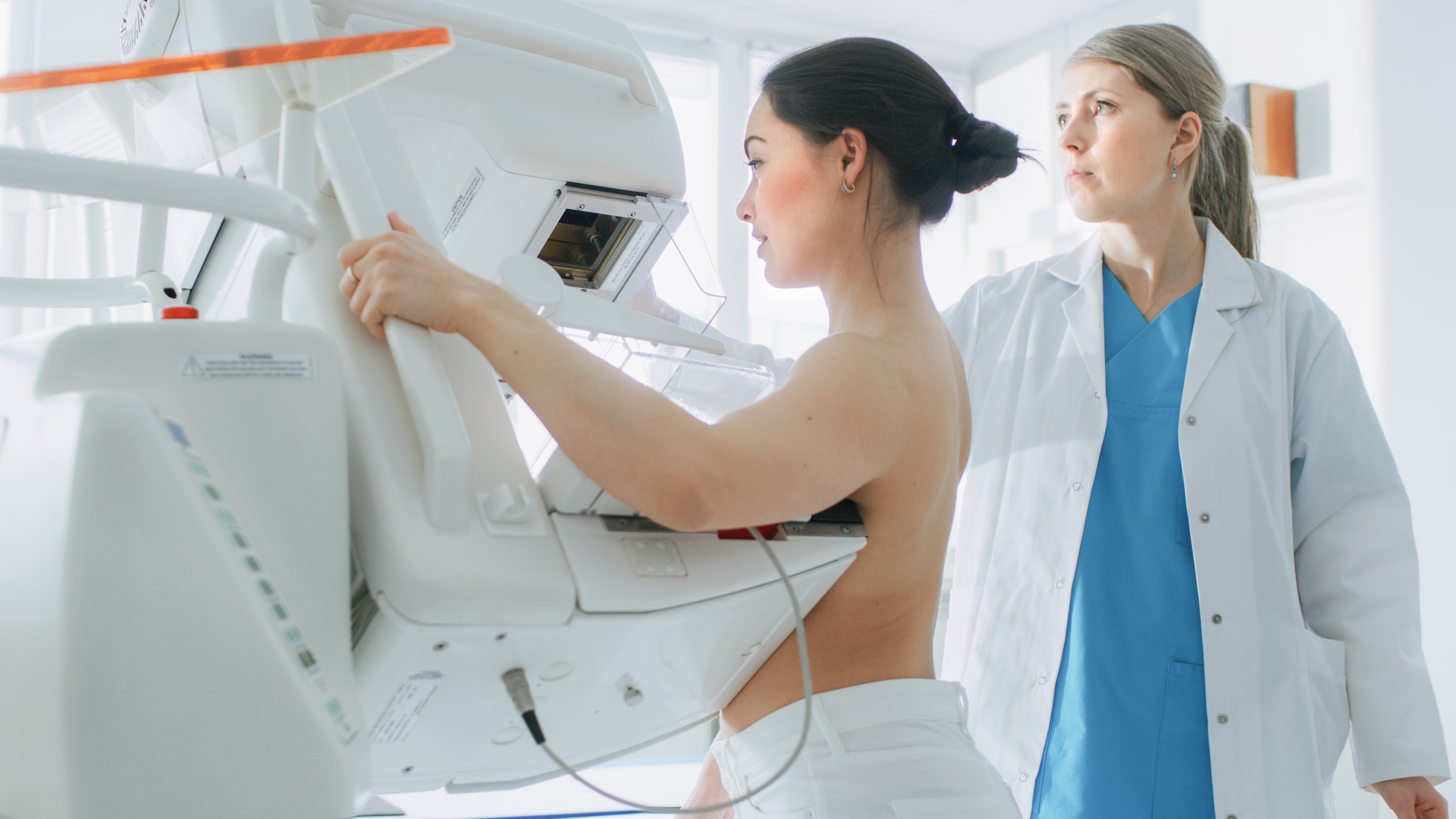When a woman undergoes a mammography, the most crucial finding is whether there is evidence of breast cancer.
The second most crucial observation is how thick her breasts are.
Since early September, a new guideline in the United States has required mammography institutions to inform women about their breast density – information that is not wholly new for some women because many states already had comparable rules.
Here’s why breast density matters.
Mammogram Centers Must Now Inform Women About Their Breast Density. Here’s How It Could Affect You
Is having thick breasts bad?
No, thick breasts are not undesirable. In reality, they are pretty usual. Approximately 40% of women over the age of 40 have dense breasts.
Women of all shapes and sizes can have thick breasts. It has nothing to do with how firm the breast is. And it only matters for breast cancer screening, according to Dr. Ethan Cohen of MD Anderson Cancer Center in Houston.
With the new rule, “there will be a lot of inquiries to doctors and a lot of Googling, which is fine. But we want to make sure people don’t panic,” Cohen explained.
How is breast density determined?
Doctors who evaluate mammograms use a technique to classify breast density.
There are four categories. The least dense category indicates that the breasts are virtually entirely composed of fatty tissue. The most dense group indicates that the breasts are predominantly glandular and fibrous tissue.
Breasts fall into two categories: “heterogeneously dense” and “extremely dense.” The other two groups are not considered dense.
According to Dr. Brian Dontchos of the Fred Hutchinson Cancer Center in Seattle, the classification can change depending on who reads the mammography “because it’s somewhat subjective.”
Why am I informed that I have dense breasts?
Two reasons: For starters, thick breasts make it harder to detect cancer on an X-ray image, which is what a mammogram is.
“The dense tissue looks white on a mammogram, and cancer also looks white on a mammogram,” said Dr. Wendie Berg of the University of Pittsburgh School of Medicine and main scientific consultant to DenseBreast-info.org. “It’s like trying to see a snowball in a blizzard.”
Second, women with thick breast tissue have a slightly higher chance of developing breast cancer because malignancies tend to form in glandular and fibrous tissue.
Fortunately, women with thick breasts have no higher risk of dying from breast cancer than other women.
What should I do?
If you discover you have dense breasts, consult your doctor about your family history of breast cancer and whether you should undergo extra screening with ultrasound or MRI, according to Dr. Georgia Spear of Endeavor Health/NorthShore University Health System in the Chicago area.
Researchers are looking for better techniques to detect cancer in people with thick breasts. So far, there is insufficient information to make general recommendations for extra screening. When the United States Preventive Services Task Force updated its breast cancer screening recommendations earlier this year, it advocated for additional research in this area.
Mammogram Centers Must Now Inform Women About Their Breast Density. Here’s How It Could Affect You
Do I still need a mammogram?
Yes, women with thick breasts should have regular mammograms, which remain the gold standard for detecting cancer early. Mammograms should begin at age 40 for women, transgender males, and nonbinary people who are at average risk.
“We don’t want to replace the mammogram,” Spear stated. “We want to add to it by adding a specific other test.”
Will insurance pay for further screenings?
For the time being, this is determined by your insurance, though a measure has been presented in Congress to mandate insurers to provide additional screening for women with thick breasts.
Additional screening can be expensive, ranging from $250 to $1,000 out of pocket, which is a barrier for many women.
“Every woman should have equal opportunity to have their cancer found early when it’s easily treated,” Berg told reporters. “That’s the bottom line.”
SOURCE | AP










